Nature’s Best Organic 16% Protein Egg Layer Crumbles, 40 lb.
The Nature’s Best 16% Protein Organic Egg Layer Crumbles Poultry Feed provides a complete, nutritional diet for adult, egg-laying chickens. Organic layer crumbles aim to nurture chickens without the use of pesticides or genetically modified ingredients.
The Nature’s Best 16% Protein Organic Egg Layer Crumbles Poultry Feed provides a complete, nutritional diet for adult, egg-laying chickens. Organic layer crumbles aim to nurture chickens without the use of pesticides or genetically modified ingredients. They give adult birds a healthy and nutritious diet through proteins and natural ingredients! The layer feed’s crumbled texture promotes easy and consistent consumption rates and healthy development for a happy life! This consistency is especially helpful for older birds. Feed Nature’s Best Organic 16% Egg Layer Crumbles as the sole ration to egg-laying chickens from the time the first egg is laid throughout the time of egg production.
- USDA Organic
- Non-GMO Project Verified
- Specially formulated for egg-laying chickens immediately after their first eggs are laid
- Carefully balanced to provide high energy with a good balance of protein, amino acids, vitamins, and minerals
Additional information
| Animal Type | Chickens |
|---|---|
| Food Form | Crumble |
| Packaged Height | 3 in. |
| Packaged Length | 27 in. |
| Packaged Weight | 40 lb. |
| Packaged Width | 14 in. |
| Poultry Life Stage | Adult |
| Special Diets | Non-GMO, Organic |
| Warranty | 1 Year |
| Manufacturer Part Number | 4BM0650C |

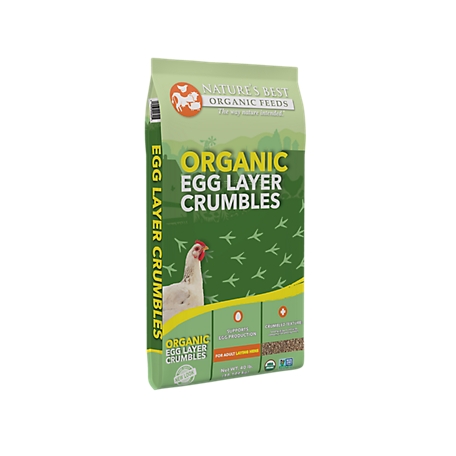

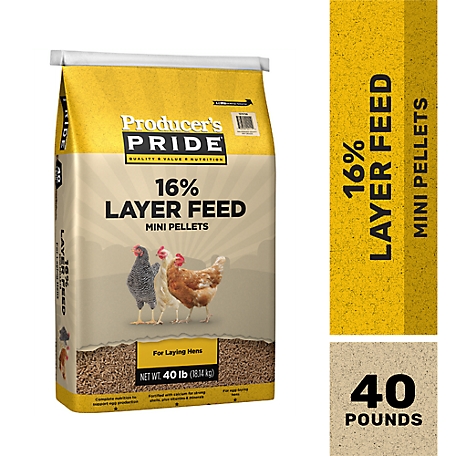
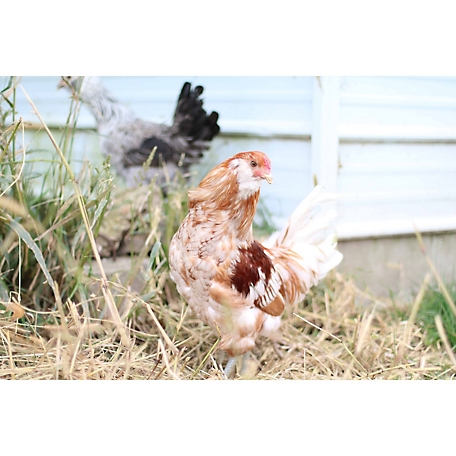

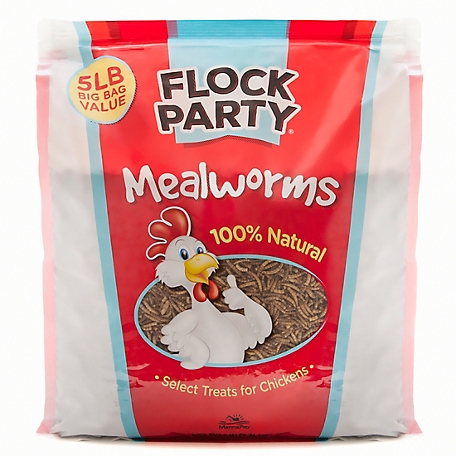

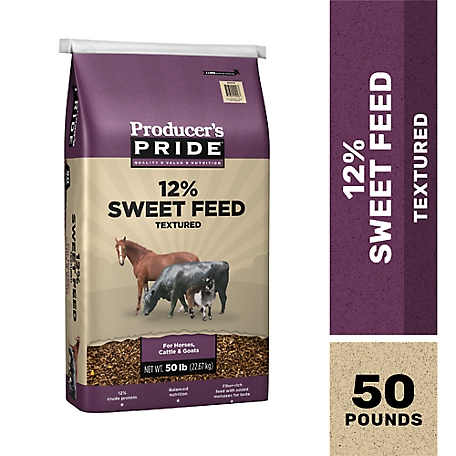


by Swegen
Excellent crumble size and low in dust.
by Jenny
My chickens love this feed and always lay well when they’re on it. I prefer the pellets to the crumbles because it seems less messy but my chickens couldn’t care less. I love that it’s organic and non GMO. That’s why I got chickens to begin with, so I would know my eggs are coming from a good place.
by Greg
My chickens and ducks do great on this feed.
by Dornella
Chickens stopped laying on feed from lical feed dtore. After feeding this to them, eggs started rolling out again.